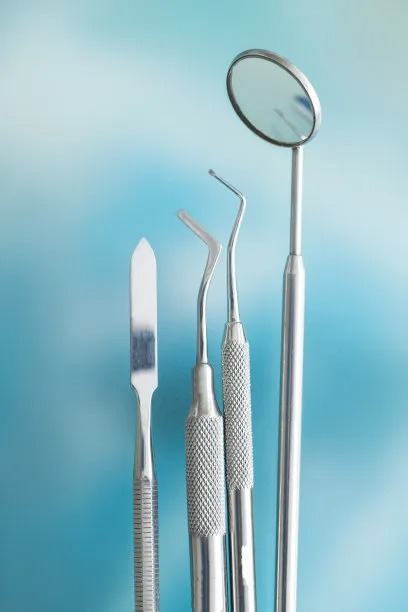Essential Guidelines and Precautions to Ensure a Successful Dental Filling Treatment Experience
Summary: Dental fillings are a common procedure aimed at restoring teeth affected by decay or damage. However, the success of such treatments hinges on understanding key guidelines and precautions before, during, and after the procedure. This article discusses essential aspects such as choosing a qualified dentist, preparing for the appointment, aftercare procedures, and staying informed about potential risks. By considering these factors, patients can ensure a more effective and comfortable dental filling experience that promotes long-term dental health.
1. Choosing the Right Dentist for You

Finding a qualified and experienced dentist is crucial for a successful dental filling treatment. Patients should consider seeking recommendations from friends, family, or other healthcare professionals. Online reviews and ratings can also aid in determining the credibility of potential dental practitioners. A dentist who specializes in restorative dentistry will often have the skill set necessary to execute the procedure effectively and with minimal discomfort.
During the initial consultation, assess the dentist’s communication style and the level of comfort you feel. A dentist who listens to your concerns and answers your questions is more likely to provide a satisfying experience. Don’t hesitate to ask about their experience with dental fillings and the materials they prefer to use, as modern options can impact both aesthetics and longevity.
Moreover, ensuring the dental office is equipped with modern technology can enhance the treatment experience. Tools such as digital X-rays and sedation options can make the procedure smoother and less stressful. Ensuring that the dentist adheres to proper hygiene and safety protocols is also critical in minimizing infection risks.
2. Preparing for Your Dental Filling Appointment
Preparation for a dental filling appointment can significantly influence how the treatment unfolds. Start by booking the appointment at a suitable time when you can avoid stress or other pressing issues. Being mentally prepared can make the experience more manageable.
It’s advisable to have a light meal before the appointment, particularly if youre anxious about potential discomfort. However, if sedation is part of your treatment plan, follow your dentist’s advice regarding fasting beforehand. Communicate any medications you’re currently taking and discuss your medical history with the dentist to ensure a tailored approach to your treatment.
Upon arrival at the dental office, familiarize yourself with the environment and relax in the waiting room. Breathing techniques or light distractions such as music can help ease any pre-treatment anxiety. Have your questions ready, and don’t hesitate to discuss any concerns with your dentist prior to starting the procedure.
3. Understanding the Filling Procedure
Understanding what to expect during a dental filling procedure can alleviate anxiety. Initially, the dentist will administer an anesthetic to numb the area around the affected tooth, ensuring you feel minimal discomfort during the process. Once numb, the dentist will remove any decay and clean the tooth thoroughly to prepare it for filling.
After preparing the tooth, the filling material is applied. Depending on the type of filling selected – whether composite resin, amalgam, or another material – the process may vary slightly. Your dentist should explain each step as they proceed, which helps keep you informed and calm. It’s important to communicate with your dentist if you experience any discomfort during the procedure.
After the filling is placed, the dentist will shape and polish it to match the surrounding teeth. They may ask you to bite down to ensure proper alignment and fit. Understanding that each filling is customized to suit individual needs can also provide reassurance throughout the process.
4. Aftercare and Maintaining Oral Health
After the filling, proper aftercare is essential for ensuring long-term success. Avoid chewing hard foods for at least 24 hours, as the filling may require time to set fully. If you received a temporary filling, follow your dentist’s guidance on what foods to avoid until a permanent filling can be placed.
Maintaining excellent oral hygiene is critical following a dental filling. Brush, floss, and rinse regularly, and avoid using your filled tooth for chewing sticky foods which could dislodge the filling. Schedule follow-up appointments with your dentist to assess the filling and keep an eye on any changes in your dental health.
Lastly, pay attention to any unusual sensations in the filled tooth, such as heightened sensitivity or discomfort. Early communication with your dentist can help address potential issues before they evolve into more significant problems. Understanding that fillings, while durable, may require replacement or repair over time is key to maintaining a healthy smile.
Summary:
Successfully navigating a dental filling experience involves careful planning and preparation. By choosing the right dentist, being well-prepared for the appointment, understanding the filling procedure, and practicing diligent aftercare, patients can enhance their dental treatment journey. Proactive engagement with dental professionals ensures not only immediate success but also contributes to long-term dental health.
This article is compiled by Vickong Dental and the content is for reference only


